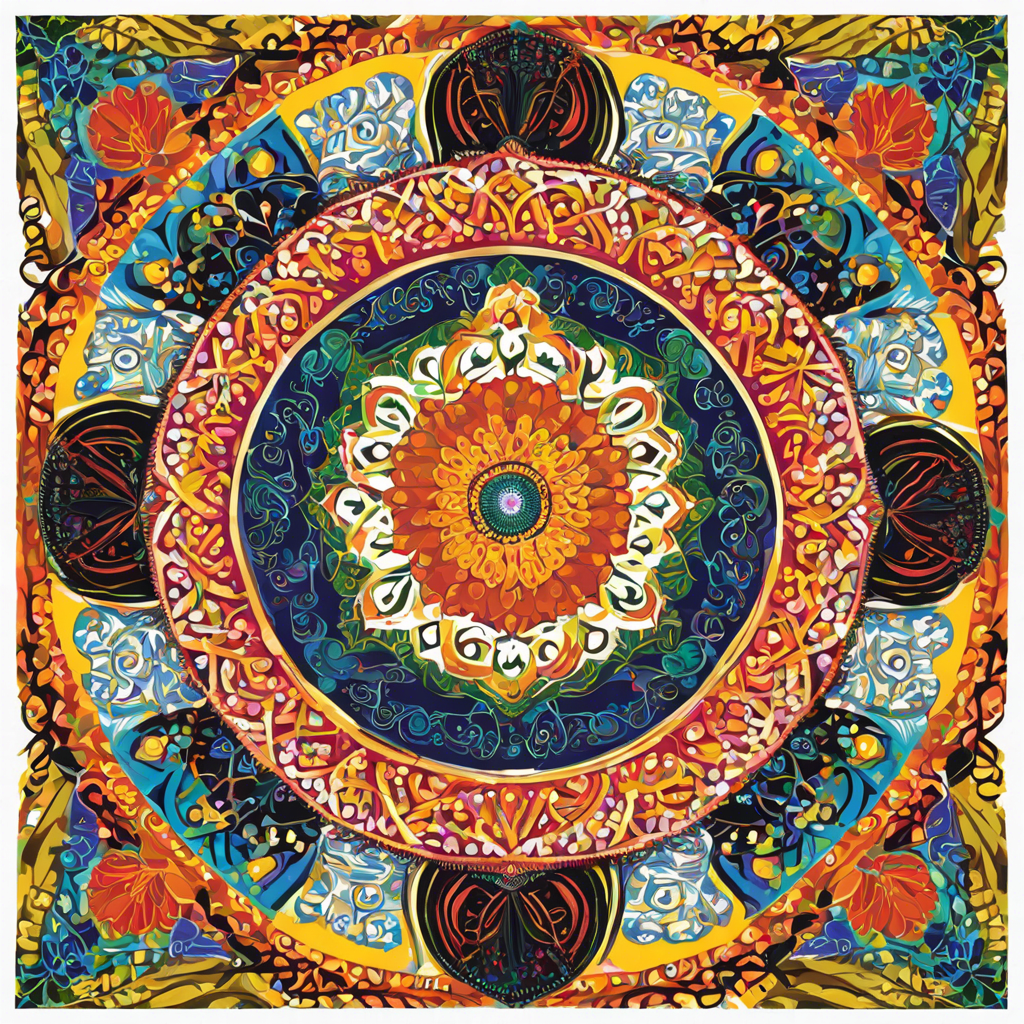The diverse tapestry of world art offers a stunning reflection of our global cultural heritage. Spanning centuries and encompassing a myriad of styles, mediums, and artistic movements, the art of different cultures provides a unique window into the human experience. From ancient cave paintings to modern-day installations, the creative expression of artists across time and geography has shaped our understanding of history, society, and ourselves.
In a world increasingly defined by diversity and cultural exchange, the appreciation of world art takes on a new significance. It not only broadens our aesthetic horizons but also fosters a deeper understanding of different lifestyles, beliefs, and traditions. By embracing the richness and variety of global art forms, we open ourselves to a kaleidoscope of perspectives and experiences that transcend cultural boundaries.
One of the fascinating aspects of exploring world art is the opportunity to delve into the unique cultural contexts that inspire and shape artistic expression. Whether it’s the vibrant folk art of Latin America, the intricate calligraphy of Islamic cultures, the exquisite ceramics of ancient China, or the dynamic street art of urban centers, each artistic tradition is imbued with its own distinct character and symbolism. By understanding the cultural nuances inherent in these art forms, we gain a deeper appreciation of the complexity and beauty of our diverse world.
The study of world art also reveals the common threads that unite us despite our differences. Across all cultures, art serves as a means of expression, communication, and celebration. It reflects our shared capacity for creativity, emotion, and imagination. Through art, we find universal themes and experiences that transcend linguistic and geographic barriers, connecting us to our shared humanity.
Moreover, engaging with diverse art forms challenges our own perspectives and encourages a more open and empathetic worldview. It prompts us to question our assumptions, reflect on our own cultural biases, and embrace alternative viewpoints. In doing so, we not only enrich our artistic appreciation but also cultivate a more tolerant and inclusive mindset.
In today’s interconnected world, the appreciation and preservation of diverse art forms are more crucial than ever. As globalization brings us closer together, it becomes imperative to safeguard the unique cultural heritage of different communities. By valuing and promoting world art, we not only celebrate our differences but also ensure that the rich tapestry of human creativity remains vibrant and accessible for future generations to explore and cherish.
Beyond its aesthetic value, world art holds significant educational and societal relevance. By studying and understanding the art of different cultures, we gain insights into historical events, social structures, and cultural values. Art can serve as a powerful tool for cross-cultural dialogue, facilitating greater understanding and respect between diverse communities.
It is also worth noting the impact of world art on contemporary artistic landscapes. The cross-cultural exchange of artistic ideas and techniques has fostered innovation and experimentation, expanding the boundaries of creative expression. Today’s artists draw inspiration from a diverse range of sources, incorporating traditional and contemporary influences to create art that transcends cultural boundaries and speaks to a global audience.
Furthermore, world art plays a crucial role in community building and cultural preservation. Artistic traditions provide a sense of identity and belonging, connecting individuals to their cultural roots. In an era of rapid globalization, efforts to promote and sustain traditional art forms become essential to safeguarding the unique heritage of marginalized communities, ensuring that their stories and perspectives are not lost but rather celebrated and passed on.
The power of world art lies not only in its aesthetic appeal but also in its ability to foster social change. Throughout history, art has been a vehicle for social and political commentary, challenging societal norms and advocating for justice and equality. By giving voice to marginalized communities and shedding light on important issues, world art can catalyze conversations and inspire action toward a more equitable and just world.
Moreover, world art serves as a bridge between the past and the present, offering a tangible connection to our collective history. Ancient art forms, such as indigenous rock art or medieval illuminated manuscripts, provide a glimpse into the lives and beliefs of our ancestors. By studying and preserving these artistic treasures, we not only enrich our understanding of the past but also ensure that this knowledge is transmitted to future generations, contributing to a sense of continuity and shared heritage.
In conclusion, the exploration of world art is a captivating journey that expands our cultural horizons and deepens our understanding of the human experience. By embracing the diversity of artistic expression, we not only appreciate the beauty and creativity inherent in different cultures but also foster cross-cultural dialogue, tolerance, and empathy. In a world where divisions and differences often dominate the headlines, the unifying power of art becomes all the more important, reminding us of our shared humanity and the potential for beauty and connection across all borders.

